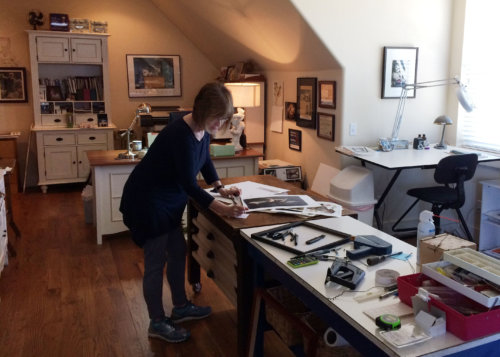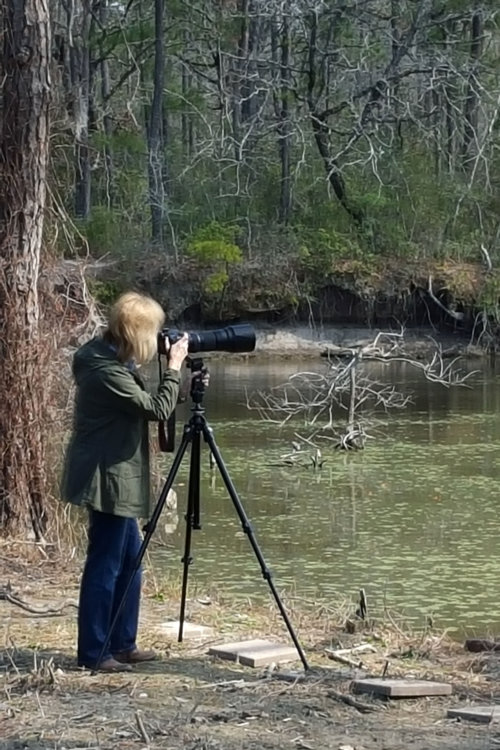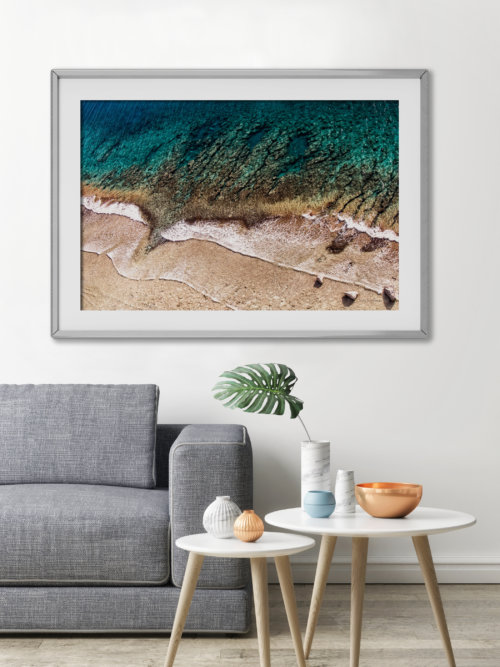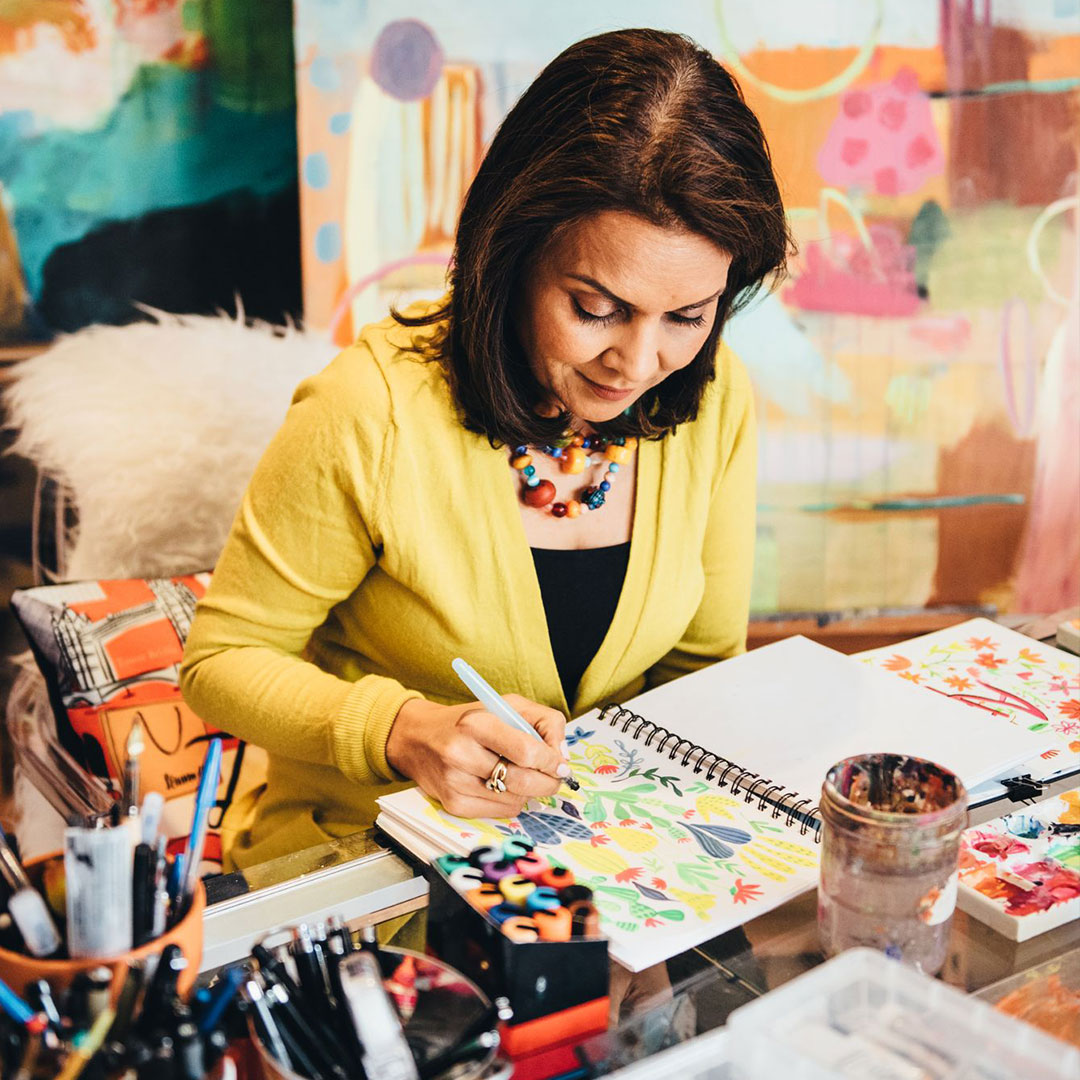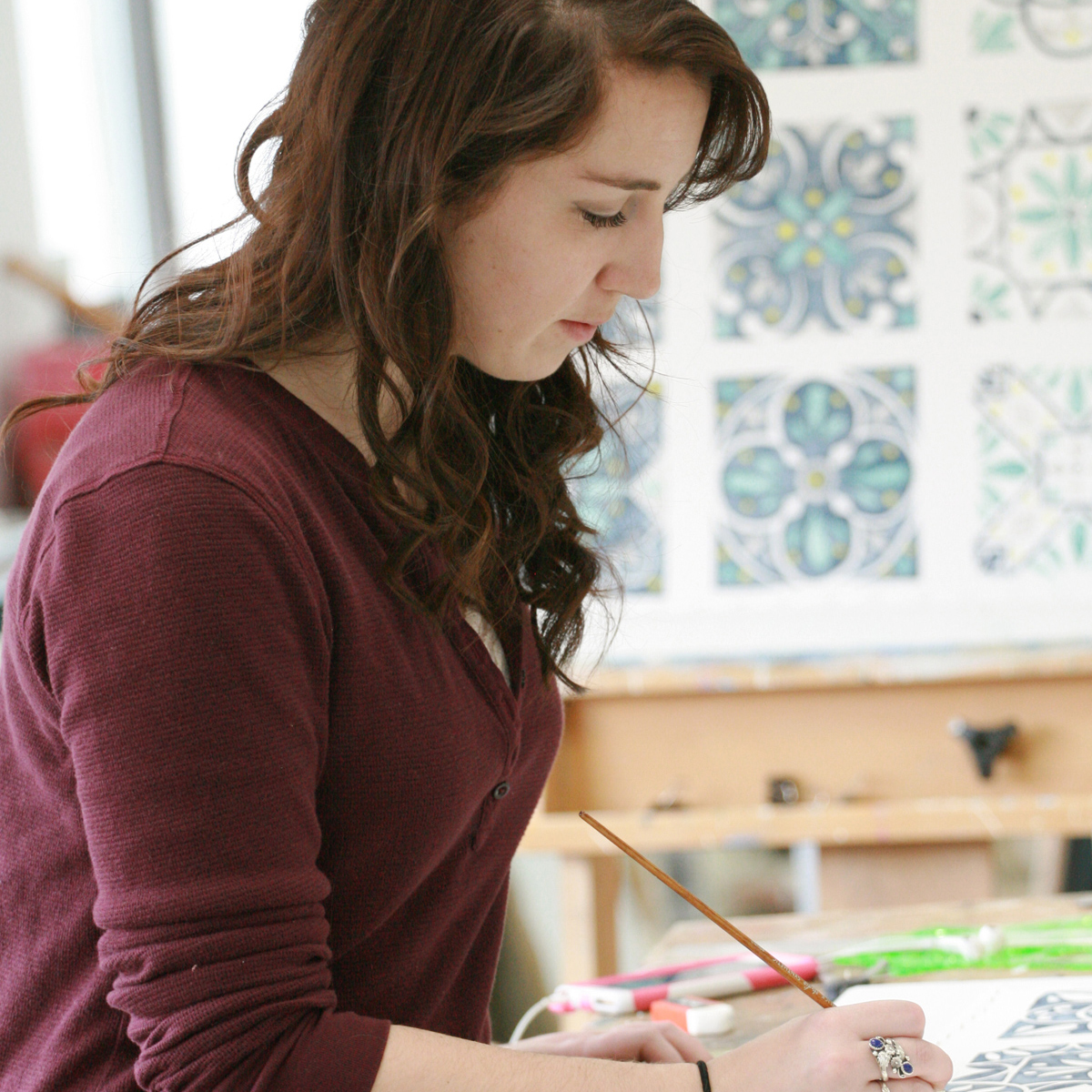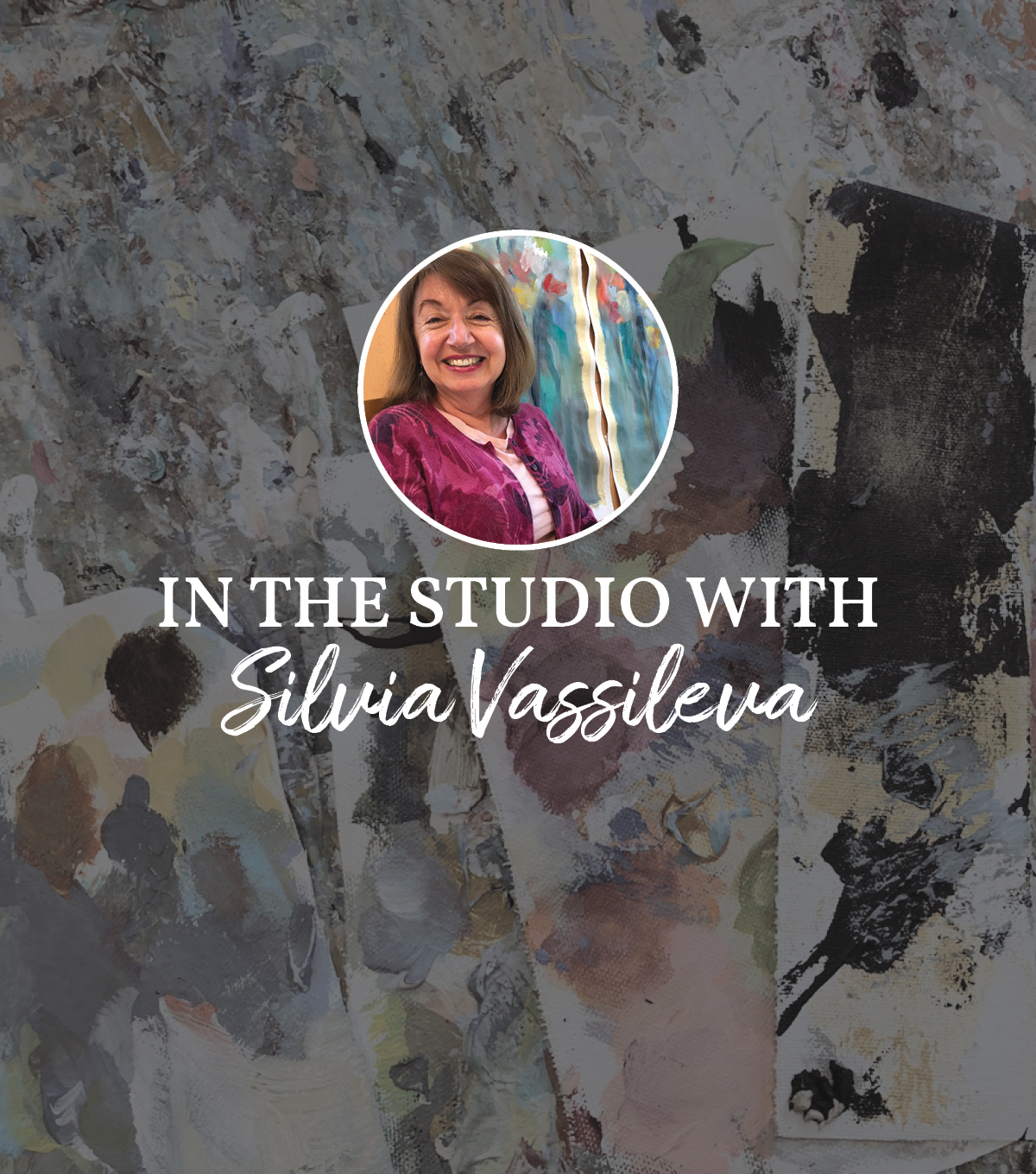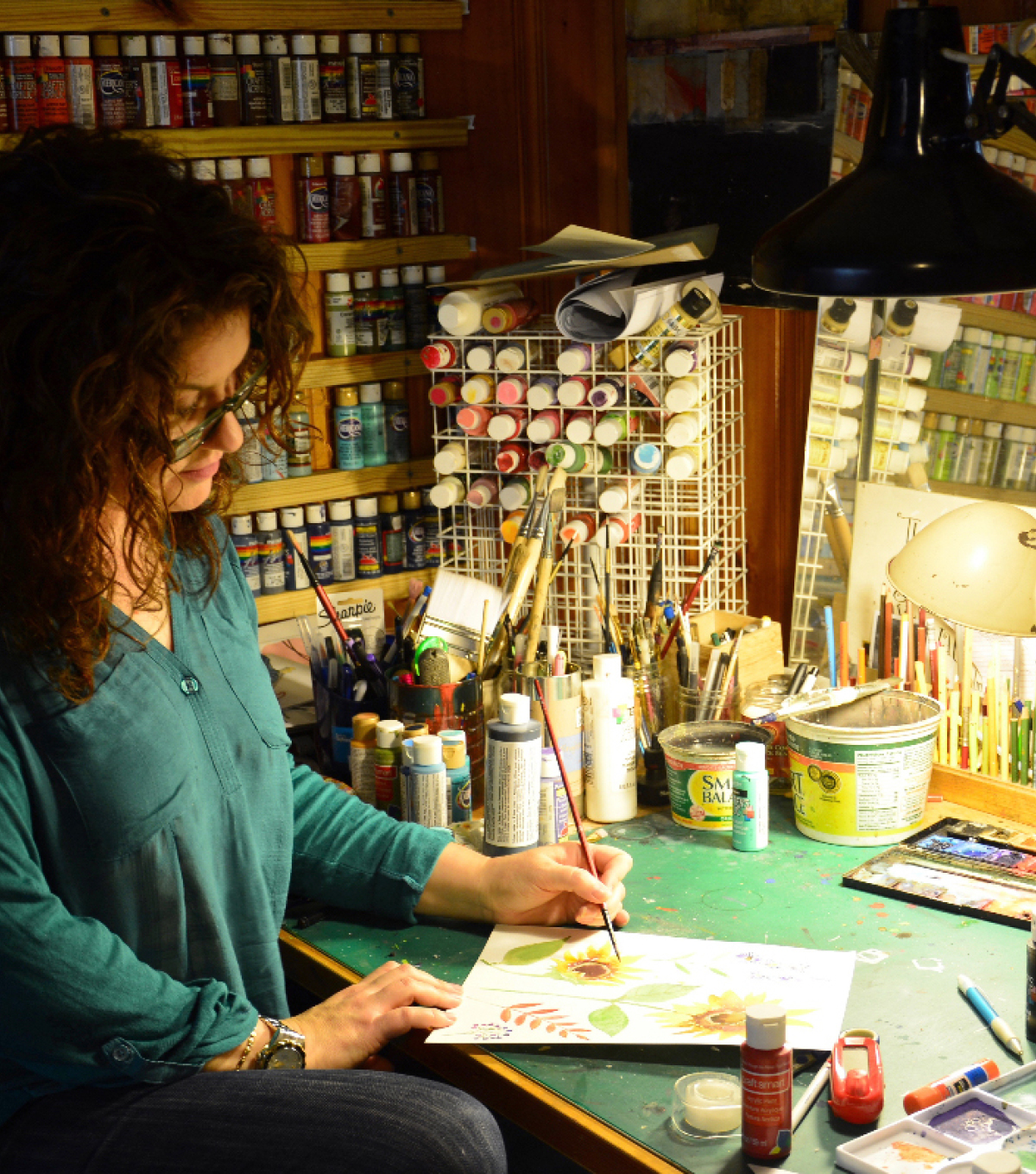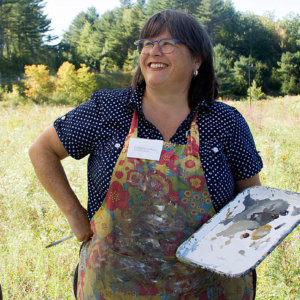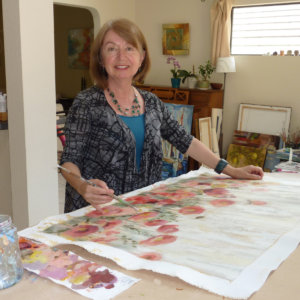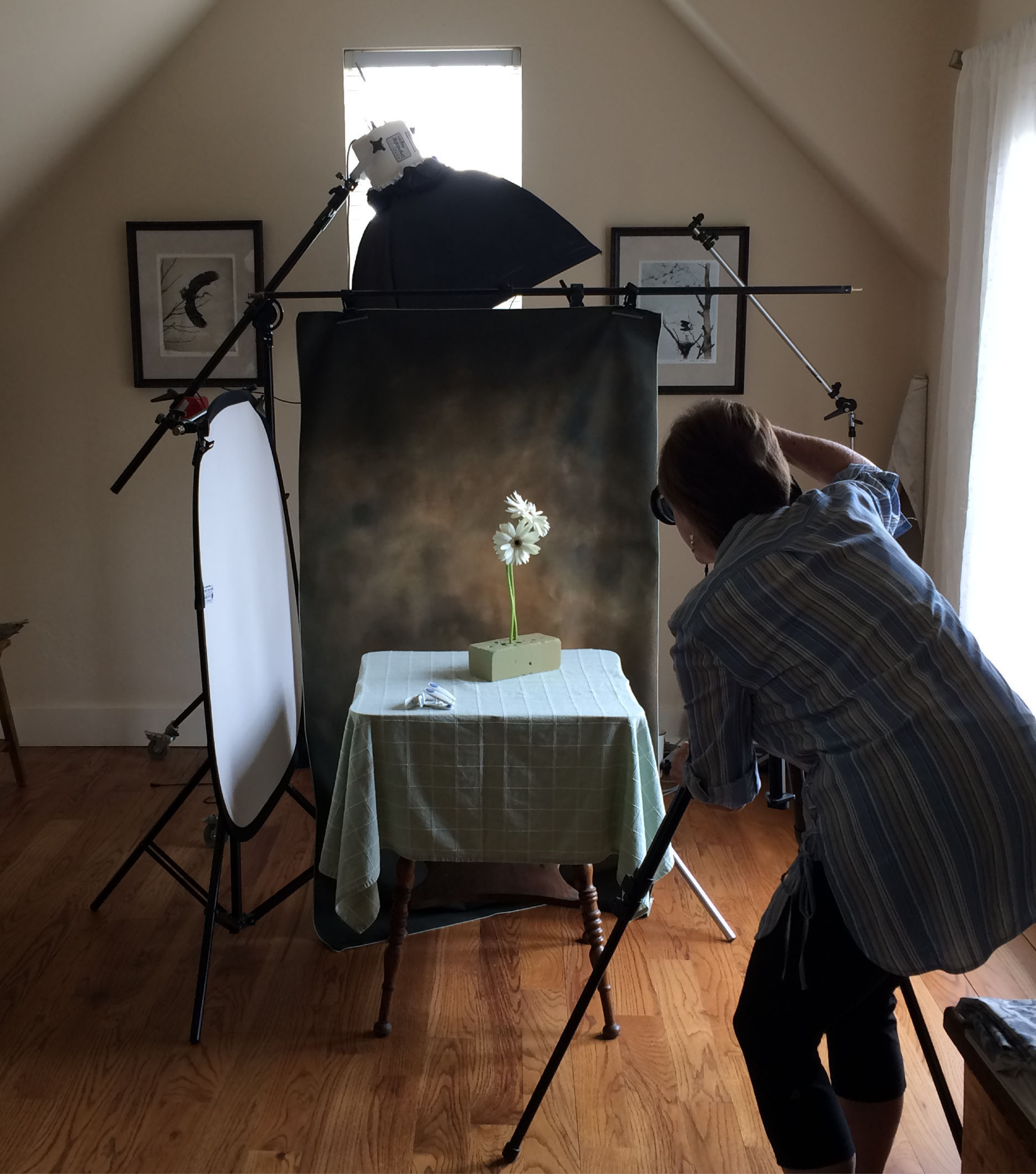
Debra Van Swearingen has had a passion for photography since the age of 12 when her father gave her a Kodak instamatic.
Being a visual person, it seemed very natural to view life through a lens. After graduating from the University of Oklahoma, she worked for the Department of Defense in contracting and pursued photography in the evenings at the Oklahoma School of Photography. It was in 1995, after a year of cancer remediation, that Debra decided to make her passion and her profession one and the same. From her studio is in the artistically vibrant Paseo District of Oklahoma City she answered 3 questions:
Debra’s subjects usually involve the “beauty of nature” in the form of botanical images, trees, and landscapes, as well as nostalgic-themed still lifes and old architecture. She prefers working with natural light. Although she has used film for many years (making fiber prints and hand-coloring with oils and pencils), she now strives to give each image its own individual appeal utilizing digital technology.
3 Questions with Debra Van Swearingen
1) You’ve had a passion for photography since you were 12. What was your early inspiration and how has it changed over the years?
My earliest inspiration came from my father I guess you could say. He came from a family of musicians and photographers, and was a wonderful, kind soul in the community. He raised 5 generations of kids in a roller skating rink we owned for 50 years. As the “family” photographer, he had many cameras to explore, some that he had obtained himself and some he had inherited from his uncle Pete (who was a photographer around the turn of the century). My first camera was a Kodak instamatic and I took pictures of everything around me – friends, family, landscapes and flowers. When I was twenty-one and in college, my oldest brother (who was a photographer/musician and managed a photo store in California) sent me an all manual Fujica 35mm camera. I distinctly remember making a conscious decision that I would study photography inside out so that it would become second nature to me. Ansel Adams was the photographer who was most transformational for me. He started me down the path of wanting to make the most stunning black and white prints that I could.
2) We’re in the age of digital. How has digital photography changed how you create your art?
That is why I had such a difficult time when digital came along. I fought it for many years – I thought it would never give me that stunning print that I longed for. I still love a fiber print from a negative to this day and have several film cameras I won’t give up. I finally succumbed to it in 2002 realizing the many benefits – especially the cost factor – plus there was no stopping it anyway, it was already changing the world of photography. You either got on the train or got out of the way. Wow! What a difference! Cameras, computers, and software – the options are endless and I’m still learning more and more.
3) You have stunning photos of wild animals. What challenges have you faced taking photos of animals?
The beauty in nature has been my favorite subject for many years. We moved 10 years ago to a wooded property with a huge field behind it. Watching the changing seasons and having wildlife visit has given me the opportunity to see nature in its most intimate form. I am an avid supporter of the Wildcare Foundation (Noble, OK), a wildlife rehabilitation center near by, and have photographed animals at their facility for them. The Oklahoma City Zoo is also a wonderful place to photograph safari animals and large birds like flamingos, although if I had my choice, I would travel to capture them in the wild, of course. Patience is something I always pack when going to photograph wild animals. The weather and lighting conditions are also factors for sure and can be challenging. Bright overcast days are my favorite light allowing for the wonderful soft shadows, intense colors, and detail. I sometimes wait for hours for the animals to be in the correct position and conditions to be as near perfect as possible, but the patience is worth the image.
With these trying times and a world full of chaos, my hope is that my photographs can evoke a place of balance and calmness, soothing the spirit with a sense of peace. The creation of imagery gives my life balance and hopefully that translates through to the vieweer.
debra van swearingen’s art
-

Title: Butterfly I BW Crop
Artist: Debra Van SwearingenSKU: 25722 - a SID21053Title: Butterfly I BW Crop
Artist: Debra Van SwearingenSID21053SKU: 25722 - aAll of our in-stock prints are printed on premium 80 lb cover paper.Buy Prints add to portfolio copy product linkview collectionmust be signed in for these actions
sign in here »Loading... -

Title: Translucent Tulips III Sq Aqua Crop
Artist: Debra Van SwearingenSKU: 28922 - a SID16618Title: Translucent Tulips III Sq Aqua Crop
Artist: Debra Van SwearingenSID16618SKU: 28922 - aAll of our in-stock prints are printed on premium 80 lb cover paper.Buy Prints add to portfolio copy product linkview collectionmust be signed in for these actions
sign in here »Loading... -

Title: Translucent Tulips II Sq Aqua Crop
Artist: Debra Van SwearingenSKU: 28921 - a SID16618Title: Translucent Tulips II Sq Aqua Crop
Artist: Debra Van SwearingenSID16618SKU: 28921 - aAll of our in-stock prints are printed on premium 80 lb cover paper.Buy Prints add to portfolio copy product linkview collectionmust be signed in for these actions
sign in here »Loading... -

Title: Translucent Peony V
Artist: Debra Van SwearingenSKU: 32210 - c SID22101Title: Translucent Peony V
Artist: Debra Van SwearingenSID22101SKU: 32210 - cAll of our in-stock prints are printed on premium 80 lb cover paper.Buy Prints add to portfolio copy product linkview collectionmust be signed in for these actions
sign in here »Loading... -

Title: Translucent Peony VBW
Artist: Debra Van SwearingenSKU: 32218 - c SID22101Title: Translucent Peony VBW
Artist: Debra Van SwearingenSID22101SKU: 32218 - cAll of our in-stock prints are printed on premium 80 lb cover paper.Buy Prints add to portfolio copy product linkview collectionmust be signed in for these actions
sign in here »Loading... -

Title: Translucent Peony VIBW
Artist: Debra Van SwearingenSKU: 32219 - c SID22101Title: Translucent Peony VIBW
Artist: Debra Van SwearingenSID22101SKU: 32219 - cAll of our in-stock prints are printed on premium 80 lb cover paper.Buy Prints add to portfolio copy product linkview collectionmust be signed in for these actions
sign in here »Loading... -

Title: Palm Fronds
Artist: Debra Van SwearingenSKU: 42490 - g SID23143Title: Palm Fronds
Artist: Debra Van SwearingenSID23143SKU: 42490 - gAll of our in-stock prints are printed on premium 80 lb cover paper.Buy Prints add to portfolio copy product linkview collectionmust be signed in for these actions
sign in here »Loading... -

Title: Palm Tree Sepia I
Artist: Debra Van SwearingenSKU: 42499 - a SID23154Title: Palm Tree Sepia I
Artist: Debra Van SwearingenSID23154SKU: 42499 - aAll of our in-stock prints are printed on premium 80 lb cover paper.Buy Prints add to portfolio copy product linkview collectionmust be signed in for these actions
sign in here »Loading... -

Title: Caribbean Flamingo I
Artist: Debra Van SwearingenSKU: 42502 - f SID23157Title: Caribbean Flamingo I
Artist: Debra Van SwearingenSID23157SKU: 42502 - fAll of our in-stock prints are printed on premium 80 lb cover paper.Buy Prints add to portfolio copy product linkview collectionmust be signed in for these actions
sign in here »Loading... -

Title: Sand and Sea
Artist: Debra Van SwearingenSKU: 42504 - i SID23159Title: Sand and Sea
Artist: Debra Van SwearingenSID23159SKU: 42504 - iAll of our in-stock prints are printed on premium 80 lb cover paper.Buy Prints add to portfolio copy product linkview collectionmust be signed in for these actions
sign in here »Loading... -

Title: Translucent Peony I
Artist: Debra Van SwearingenSKU: 32206 - c SID22101Title: Translucent Peony I
Artist: Debra Van SwearingenSID22101SKU: 32206 - cAll of our in-stock prints are printed on premium 80 lb cover paper.Buy Prints add to portfolio copy product linkview collectionmust be signed in for these actions
sign in here »Loading... -

Title: Feather I
Artist: Debra Van SwearingenSKU: 22281 - f SID20368Title: Feather I
Artist: Debra Van SwearingenSID20368SKU: 22281 - fAll of our in-stock prints are printed on premium 80 lb cover paper.Buy Prints add to portfolio copy product linkview collectionmust be signed in for these actions
sign in here »Loading... -

Title: Feather IV
Artist: Debra Van SwearingenSKU: 22284 - f SID20368Title: Feather IV
Artist: Debra Van SwearingenSID20368SKU: 22284 - fAll of our in-stock prints are printed on premium 80 lb cover paper.Buy Prints add to portfolio copy product linkview collectionmust be signed in for these actions
sign in here »Loading... -

Title: Tropical Plant I Crop
Artist: Debra Van SwearingenSKU: 23499 - a SID20560Title: Tropical Plant I Crop
Artist: Debra Van SwearingenSID20560SKU: 23499 - aAll of our in-stock prints are printed on premium 80 lb cover paper.Buy Prints add to portfolio copy product linkview collectionmust be signed in for these actions
sign in here »Loading... -

Title: Zebra II Square
Artist: Debra Van SwearingenSKU: 16455 - a SID17589Title: Zebra II Square
Artist: Debra Van SwearingenSID17589SKU: 16455 - aAll of our in-stock prints are printed on premium 80 lb cover paper.Buy Prints add to portfolio copy product linkview collectionmust be signed in for these actions
sign in here »Loading... -

Title: Butterfly VI BW
Artist: Debra Van SwearingenSKU: 25727 - a SID21053Title: Butterfly VI BW
Artist: Debra Van SwearingenSID21053SKU: 25727 - aAll of our in-stock prints are printed on premium 80 lb cover paper.Buy Prints add to portfolio copy product linkview collectionmust be signed in for these actions
sign in here »Loading...

